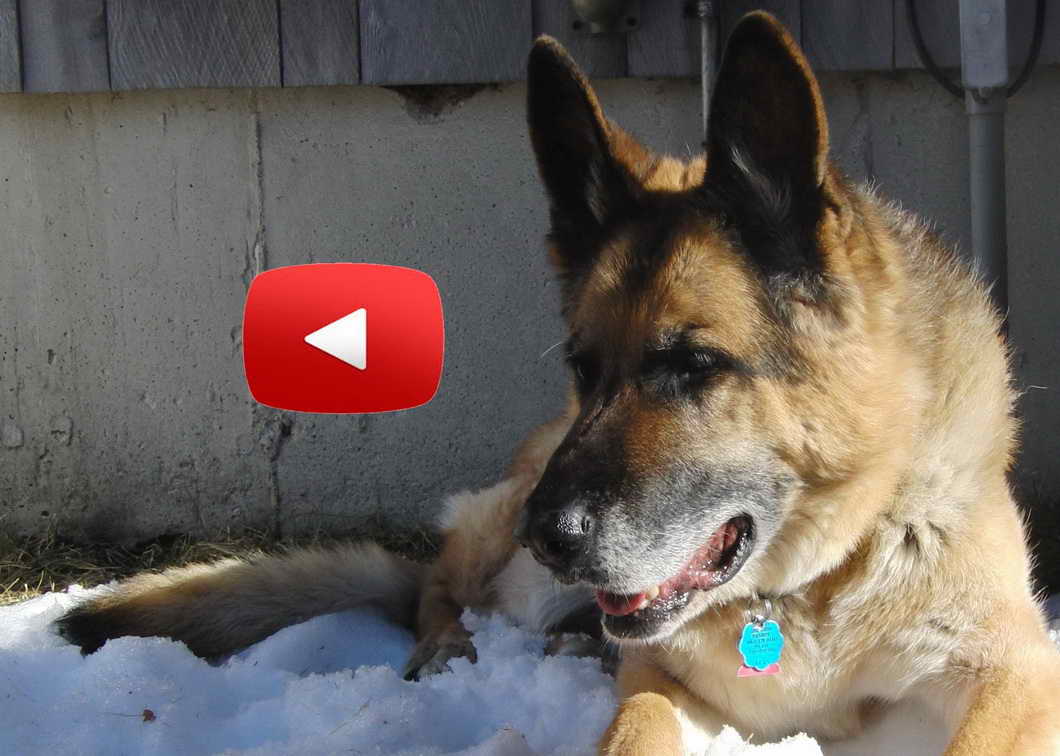
Degenerative Myelopathy in Dogs
A dog diagnosed with Degenerative Myelopathy (DM) typically has progressive muscle weakness, ataxia, and reduced muscle mass. Diagnostic tests include history, neurologic examination, radiology, and genetic tests. These diagnostic procedures help rule out other possible causes of progressive weakness in a dog. Cerebrospinal fluid analysis generally shows an increase in protein, and X-rays often show an abnormally large amount of protein in the spinal cord. In some dogs, gait abnormalities may be difficult to differentiate between DM and other problems of the spinal cord.
The early stages of degenerative myelopathy are mild and can occur in one or two stages. The first stage of the condition usually affects the back legs and can result in complete paralysis of the dog’s legs. Some dogs also suffer urinary or fecal incontinence. In most cases, however, the condition does not appear to be painful and can be overlooked until the disease progresses to the front legs.
A veterinarian can recommend euthanasia as a treatment for your dog with Degenerative Myelopathy if you believe it would be in the dog’s best interest. It’s a painless procedure that only takes a few minutes to administer. Your dog is positioned on a table and administered a sodium pentobarbital injection. The dog will lose its life within a few minutes of the procedure. You can choose to bury or cremate your dog.
While there is no cure for Degenerative Myelopathy, treatment can help with other issues present at the same time.
Diet and exercise are important. Physical therapy has been shown to prolong life and preserve muscle mass. Your dog’s overall health should be monitored to monitor the condition’s progression. Medications that slow the progression of the disease include epsilon-aminocaproic acid and N-acetylcysteine.
A genetic test can determine if your dog has a mutation of the SOD1 gene. Your dog can have this mutation if it has an A/A gene. A carrier dog will have a 50% chance of being affected by the disease and will have no symptoms of the disease. A positive test will result in a clear diagnosis for your dog. The genetic test is a noninvasive and non-invasive diagnostic tool that helps you identify a dog’s underlying health condition.
As degenerative myelopathy is a disease of the spinal cord, there is no medical treatment for this disease. Your veterinarian will need to examine your dog closely to diagnose the condition. A doctor may also need to perform a spinal cord biopsy, which is a surgical procedure that can only relieve symptoms. You can perform a simple blood test yourself, but it will cost you money. It is a non-invasive test that does not require a veterinarian.
If your dog is affected by this disease, the first symptoms you might notice are progressive weakness and incoordination.
The disease usually starts in the rear legs, but it may progress to the front legs. You may notice that the middle nail of the affected paw wears more than the other paws. Your dog may be dragging one foot or limping. This problem can cause a lack of coordination and a wobbly gait. Your dog’s reflexes will slow down. He might even lose its tail. As the disease progresses, the front limbs will begin to weaken.
DM is not a painful condition, and dogs with this disease are generally healthy and eager to exercise. Symptoms of degenerative myelopathy include a loss of balance and pain in the hind legs. The symptoms of DM can be difficult to diagnose and treat, but treatment is available. Your dog will likely require surgery in the future, but you can prolong his life by treating his symptoms and preventing further complications.
If your dog has DM, your veterinarian will recommend appropriate measures. You may need a dog wheelchair or a carrier for your dog. The specialized equipment will help your dog cope with the disease and keep you safe. It will also help you cope with the physical limitations associated with DM. Aside from the veterinarian’s advice, you should also consider the weight of your dog. Being overweight adds extra strain to your dog’s body.
Leave a Reply